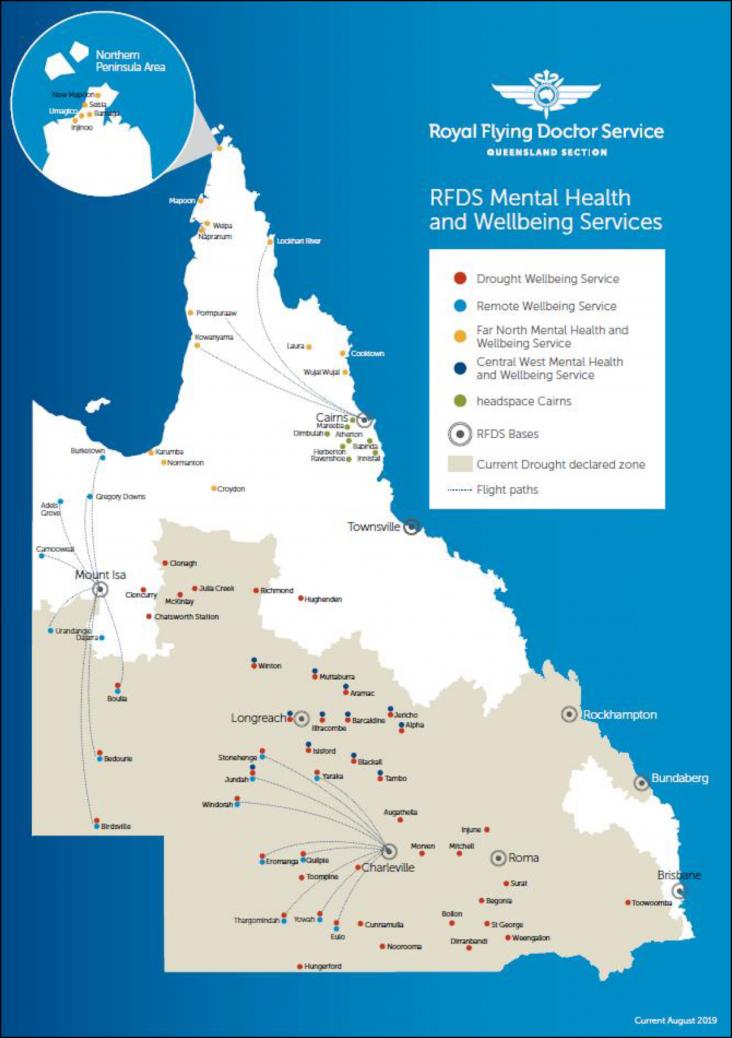The largest US cancer health disparity exists in prostate cancer, with Black men having more than a two-fold increased risk of dying from prostate cancer compared to all other races. Studies on biology and access to healthcare similarly highlight the need for increased representation of men from underserved racial groups, particularly Black men, in translational and clinical research to fully comprehend and appreciate the tumour heterogeneity.
This Review supports SDGs 3 and 6, focusing on the complex ways that multiple factors interact during droughts to influence HIV treatment adherence. The authors suggest that economic and livelihood challenges resulting from food and water insecurity during droughts have the biggest impact on adherence.
The data presented in this study indicate air pollution (AP) induces an epithelial-to-mesenchymal transition-like phenotype of BEAS-2B cells in 3D spheroid cultures. This opens new avenues for drug development for the treatment of lung diseases induced by AP. The 3D spheroid cell culture is a novel, innovative and physiologically relevant model for culturing a variety of cells. It is a versatile tool for both high-throughput studies and for identifying molecular mechanisms involved in bronchial epithelial cell (patho)physiology.

A cohort study in Queensland, Australia, in the context of SDG 3 and 10, highlighting the need for culturally appropriate mental health and wellbeing services that meet the needs of Indigenous communities.
An Article on the vulnerability of Indigenous populations to pandemics, in the context of SDGs 3 and 10, focusing specifically on the clinical characteristics and outcomes following COVID-19 in Indigenous Brazilian individuals.
This Article supports SDG 3 by describing the prevalence of HBV infection among children who received hepatitis B vaccination at birth. Prevalence was lowest in those who received vaccination within 24 hours of birth, although there was still substantial risk of infection even with timely vaccination.
Background: In autoimmune hepatitis (AIH), clinical practice and treatment guidelines frequently diverge as a reflection of disease heterogeneity and challenges in achieving standardised care.
Background: Hepatitis C is a preventable and treatable disease that has been declared a public health problem.
Background & Aims: HBV infects over 257 million people worldwide and is associated with the development of hepatocellular carcinoma (HCC).
In the journey towards attaining the Sustainable Development Goals (SDGs), large scale organic farming has emerged as a strategy of increasing significance.
